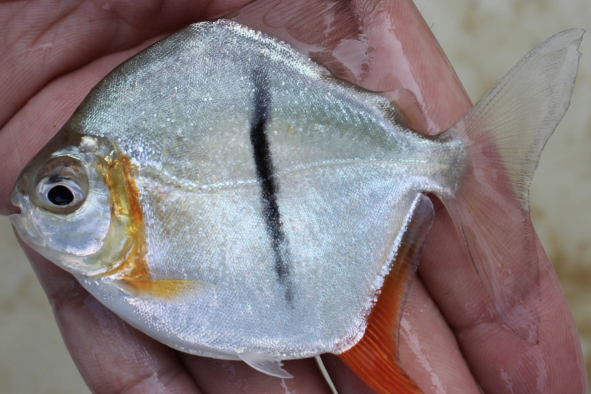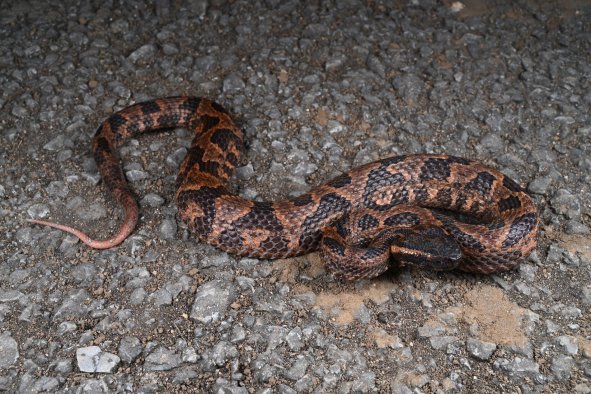A new coronavirus variant is rising to dominance across the U.S. as experts are warning of a potential "summer wave" of COVID-19 cases.
Nicknamed "FLiRT," due to the positions of the mutations in their spike proteins, the new class of COVID subvariants has quickly spread through the U.S.
In May, one of these new variants, named KP.2, took over as the most dominant strain of SARS-CoV-2 in America, according to the U.S. Centers for Disease Control and Prevention. However, since the beginning of June, a new FLiRT variant, named KP.3, has taken the lead and now represents 25 percent of COVID-19 cases in the U.S. KP.2 still follows as a close second, representing 22.5 percent of cases.
So should we be concerned about these new variants?
Early evidence suggests that KP.2 and KP.3 may be more infectious than previous variants, but it is too early to say if they are any more dangerous.
"[Kp.2 and KP.3] are very, very similar to JN.1 [which was the major viral lineage circulating this previous winter], and when you look at KP.2 and KP.3 they're nearly identical to each other," Natalie Thornburg, the chief lab official for the CDC's Coronavirus and Other Respiratory Viruses Division, said in the 185th Meeting of Vaccines and Related Biological Products Advisory Committee.
So what does this mean for vaccinations?
"Even though the FLiRT subvariants are now quite genetically distant from the XBB subvariants—the current vaccine is based on XBB.1.5—the vaccine will still give some cross-immunity against them," Adrian Esterman, an epidemiologist and professor of biostatistics at the University of South Australia, previously told Newsweek.
"[However,] there will be a new vaccine available around September, based on either JN.1 or one of the FLiRT subvariants, that will give much better protection."
As for disease severity, Vanderbilt University's William Schaffner told Today that, from what we have seen so far, the new FLiRT variants do not generally cause severe disease. However, as we have seen over the last few years, viruses can change quickly.
At present, Schaffner said that the new variants are unlikely to cause "very distinctive symptoms."
According to the CDC, the main symptoms of COVID-19 to look out for are:
- Fever or chills
- Cough
- Shortness of breath
- Fatigue
- Muscle or body aches
- Headache
- Loss of taste or smell
- Sore throat
- Runny nose
- Nausea or vomiting
- Diarrhea
At present, CDC data suggests that, while COVID-19 infections are rising in the U.S., deaths and hospitalizations are down.
"We need to keep monitoring the spread of this variant," Lawrence Young, a virus expert and professor of molecular oncology at the U.K.'s University of Warwick, previously told Newsweek.
Is there a health issue that's worrying you? Let us know via health@newsweek.com. We can ask experts for advice, and your story could be featured on Newsweek.
Disclaimer: The copyright of this article belongs to the original author. Reposting this article is solely for the purpose of information dissemination and does not constitute any investment advice. If there is any infringement, please contact us immediately. We will make corrections or deletions as necessary. Thank you.



